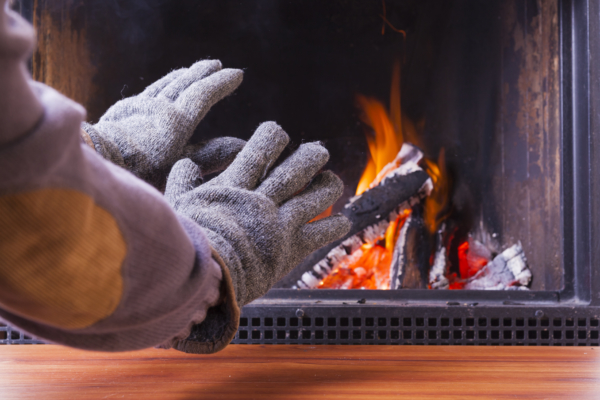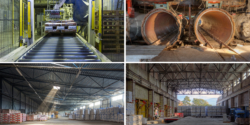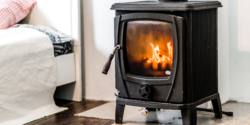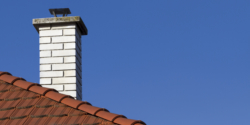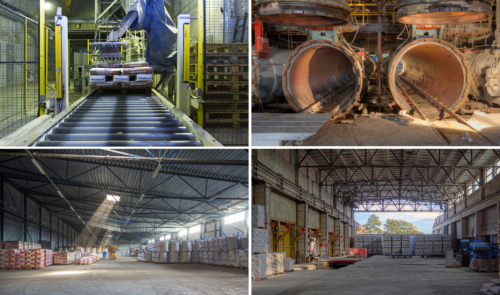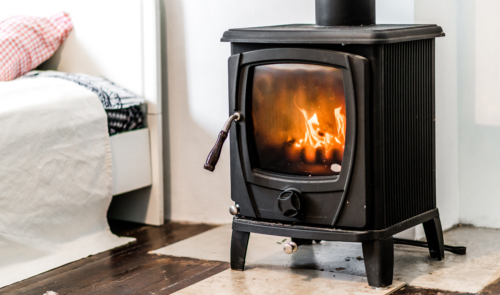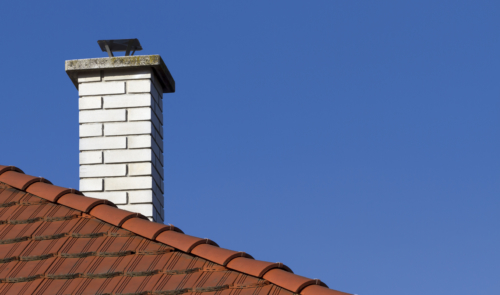In the harsh Nordic climate, the heart of the home has always been a wood-burning furnace, which gives warmth and cozyness to the home during the cold winter months.
In order to maintain the working order and safety of the furnace, it has to be stoked correctly and maintained regularly. A representative of the honoured profession of chimney sweeps, member of the Estonian Chamber of Chimney Sweeps, Keit Lullu, gives some recommendations for the coming heating period.
What is the biggest enemy of a chimney?
Pitch in the chimney flue caused by wrong stoking.
What are the signs of a chimney not being in working order?
Loose and broken bricks and burnt modular chimneys. Smoke coming into the room.
How should the client prepare for a chimney sweep’s visit?
Providing access to the cleaning hatches and the roof is enough.
How often and how thoroughly should a chimney be checked?
Chimneys and heating devices have to be maintained pursuant to the frequency of stoking and as needed. Law requires at least an annual check.
What are the steps for a chimney sweep to ensure good customer relations?
Communication, cleanliness, high-quality work.
Which types of wood are good for stoking and which types have a heating value that could damage the furnace?
Good wood types for stoking are alder and birch. Stoking with oak and ash may damage the furnace as their flames are strong and of high temperatures. Pine and fir have a lot of pitch, which creates more soot in the vents than does stoking with hardwood.
What is the suitable percentage of moisture for firewood?
Up to 15%. Firewood has to dry for two years in a woodpile.
How does excessive stoking affect the furnace?
Excessive stoking makes the furnace bricks expand unevenly and the furnace will crack.
Which is preferable: stoking every day or intensive stoking every few days?
Depends on the weather. With very low temperatures, the furnace should be stoked every day so that it would maintain an even temperature and the bricks in the chimney tops would not cool down.
What to do when the soot in the chimney catches fire?
In case of a fire in the chimney, you need to call 112 and notify the emergency services. Also it has to be checked that all hatches and dampers are closed, and no air is coming it. Water must not be used for putting out the fire, because the temperature in the burning chimney can reach 1200 degrees.
How necessary is a chimney sleeve, cowl?
A sleeve significantly extends the lifespan of a stone chimney. A cowl has to be installed so that it would not affect ventilation.
What is the necessary airflow?
Every heating device requires a specific quantity of air. This is provided in the furnace documents issued by a certified potter. When purchasing a ready-made fireplace, the requirements set in the documents must be followed.
Is it reasonable to cover the chimney with a sheet-metal cover?
Usually not. The chimney top may be covered with sheet-metal, if it is required in the manufacturer’s manual. The law states that the full length of the chimney must be visible from at least two sides.
Who is the chimney sweep’s dream client?
The one who uses and maintains heating devices as required.
Does a chimney sweep really bring luck?
There is luck only if you believe in it.
You can find more information on how to use and maintain a chimney top built of silicate bricks here.
The article was published: in Postimees on 10 September 2018, in Maaleht‘s special Soe Kodu in August 2018 and in the Ehitusuudised.ee portal
